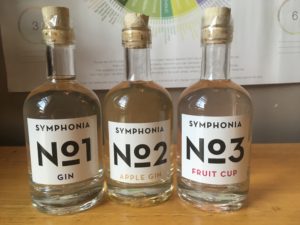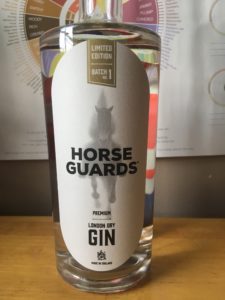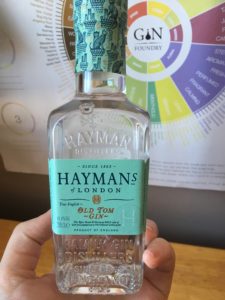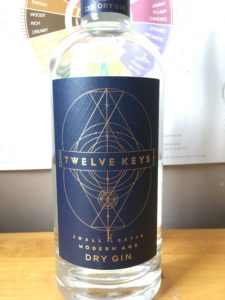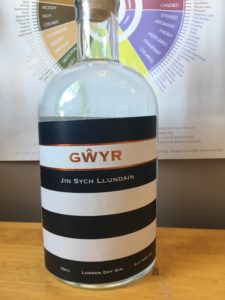Note: I love the Hayman’s team and they kindly sent me some samples, but as always, I’ll let you know what I think.
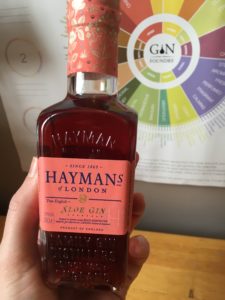 You’ve hopefully already read my thoughts on the Hayman’s London Dry and Old Tom gins, and today we are trying their sloe gin. A lot of sloe gins can be too sickly sweet which I find a bit cloying, so it will be interesting to see how this fares. To make their gin they steep wild harvested sloe berries in their London Dry gin for three to four months using, as always, a traditional family recipe. Sloe gin is generally seen as a winter drink, but they suggest pairing it with some sparkling wine for a different take on a kir royale style cocktail.
You’ve hopefully already read my thoughts on the Hayman’s London Dry and Old Tom gins, and today we are trying their sloe gin. A lot of sloe gins can be too sickly sweet which I find a bit cloying, so it will be interesting to see how this fares. To make their gin they steep wild harvested sloe berries in their London Dry gin for three to four months using, as always, a traditional family recipe. Sloe gin is generally seen as a winter drink, but they suggest pairing it with some sparkling wine for a different take on a kir royale style cocktail.
